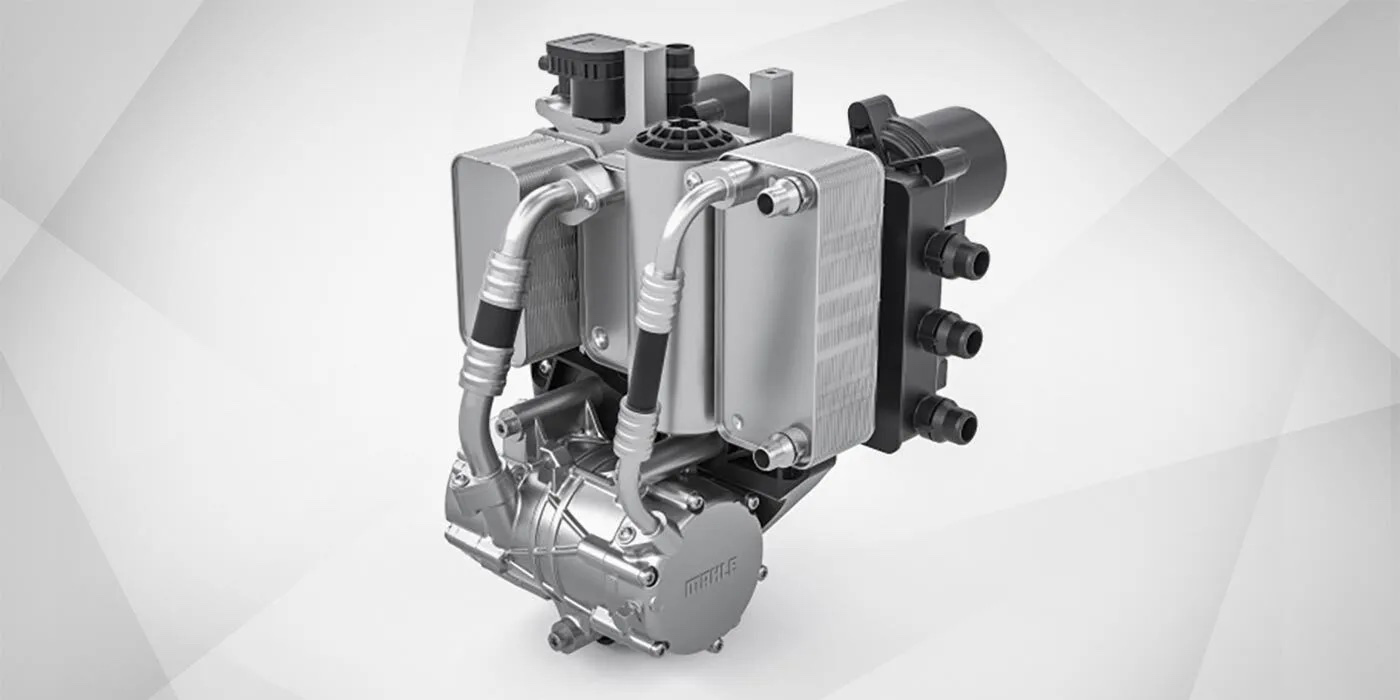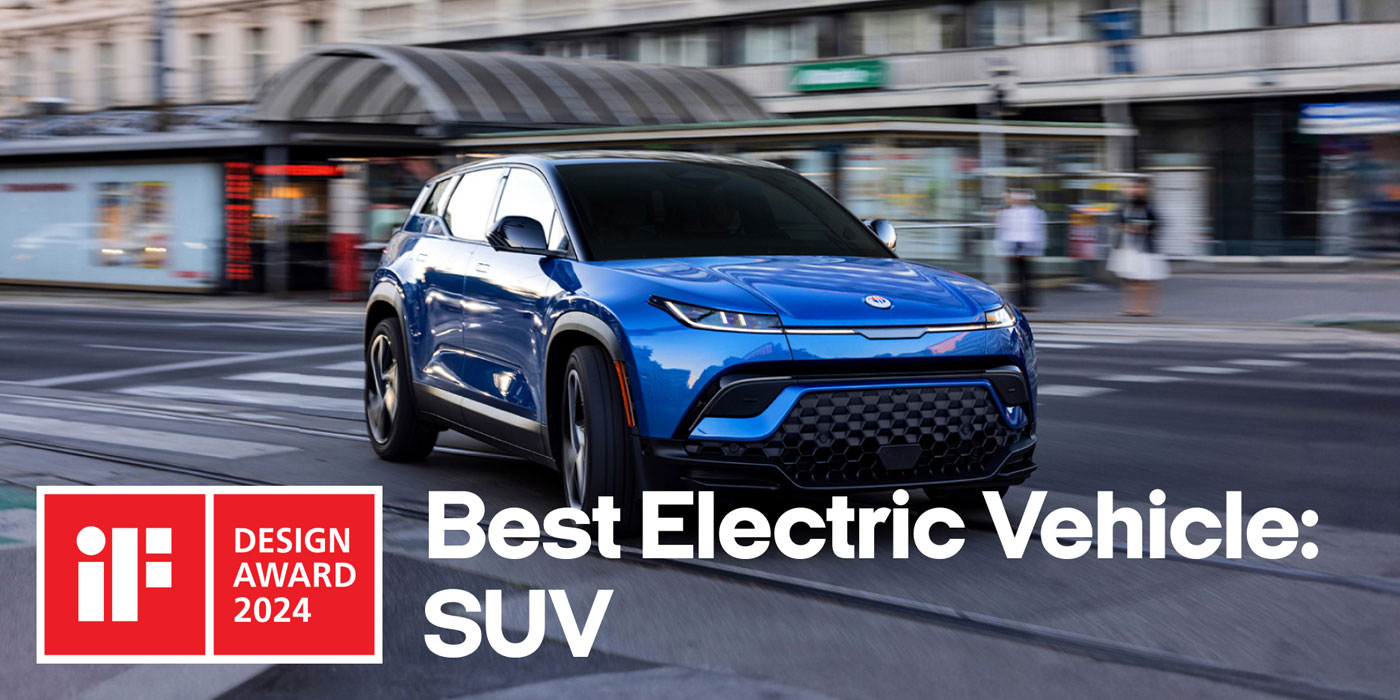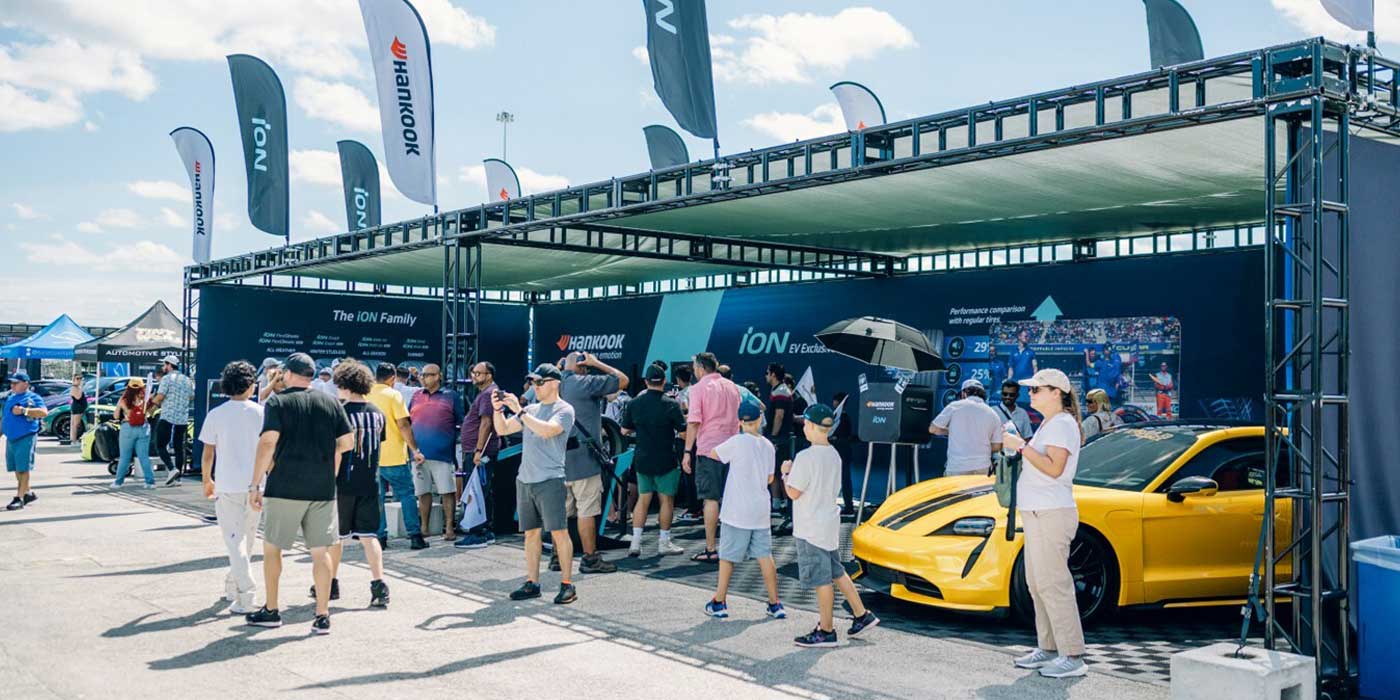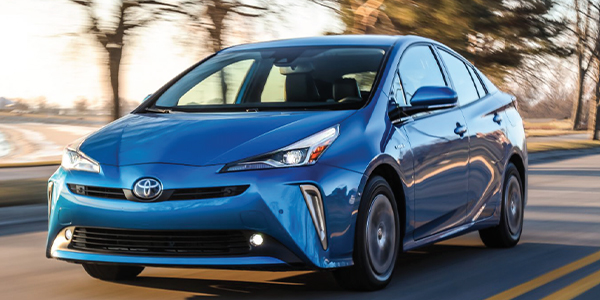
There’s no need to panic about alternative-fuel vehicles rendering maintenance obsolete. Alt-fuel vehicles have been on the roads for a long time – much longer than most people even realize. The first flex-fuel-capable vehicle was the Model T. It could run on ethanol and gasoline. More than 80 years later, the 1996 Ford Taurus led the flex-fuel charge in North America as the first modern production car that could run on the newly marketed E85 as well as gasoline.
But vehicles that use an internal combustion engine (ICE) are far more familiar to the automotive parts distribution world than ones that operate with a completely different propulsion system, such as all-electric or hydrogen fuel cells. Parts specialists may find that some parts for these vehicles are very limited in the aftermarket.
Wear items such as brakes and windshield wipers are some of the most common replacement items for ICE vehicles, and the same holds true for EVs and hydrogen fuel-cell cars as well. Tires, TPMS sensors, windshield wipers and 12-volt batteries (used on hybrids and some all-electric vehicles to run systems that are carried over from standard ICE vehicles) and chassis items are similar for both EVs and ICE-powered cars. It’s unlikely that drivetrain items are going to be available in the aftermarket for these vehicles – at least not anytime soon.
If you look for the components that all vehicles have in common, there’s a higher chance you’ll need to stock them as a replacement item. More obscure parts for alternative-fuel vehicles may not be top-selling items. Still, some components may be available from aftermarket suppliers, so you don’t always have to send the customer to the dealer.
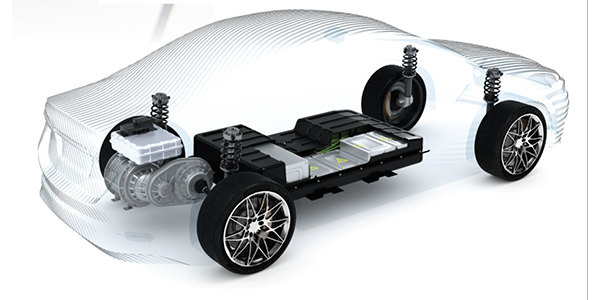
All-electric vehicles use a battery pack to store the electrical energy that powers the motor. EVs, also known as battery-electric vehicles (BEVs), get charged by plugging the car into an electric power source either at home or in a public charging station. Although electricity plants may contribute to air pollution, the EPA categorizes EVs as zero-emission vehicles because they don’t produce any exhaust emissions.
Today’s EVs generally have a shorter range per charge than conventional ICE-powered vehicles. But the efficiency and driving range of EVs can vary quite a bit, depending on driving conditions. Extreme temperatures reduce the range because more energy must be used to heat or cool the cabin. Driving at high speeds also reduces the range because of the energy required to overcome drag. Range variability causes some anxiety among drivers, but the technology is improving each year.
On an EV, there’s no need for oil changes, spark plugs and wires – or air/fuel filters – because they don’t have these parts. Exhaust parts, including the muffler and a catalytic converter, aren’t found in EVs either, but they are on hybrids and plug-in hybrids.
Most hybrids/EVs don’t require special maintenance. The hybrid system may even reduce normal wear and tear on some of the conventional parts when the electric motor takes over. The internal combustion engine will accrue far fewer miles than the vehicle with the combined power units (hybrids can go longer between oil changes as a result). Because most hybrids/EVs use regenerative braking to apply friction that helps to stop the car as it charges the battery, the brake pads and rotors don’t wear out as fast.
Many hybrid and EV parts – including battery packs – have a manufacturer’s warranty for up to 10 years or 150,000 miles. As more hybrids and EVs are being sold today, the batteries have become less expensive, but they’re still a high-ticket item. Battery packs can range from $5,000 to $7,000, and they are only available from the dealer.
While the ICE isn’t going away anytime soon, the writing is on the wall (even though the ink may not be dry). The fact is, there will be several types of competing propulsion systems in the future that will lower the dependence on the ICE and fossil fuels. How long it will take before one system completely takes over from the ICE? No one knows for sure. But we do know there will always be a need for parts and maintenance.









